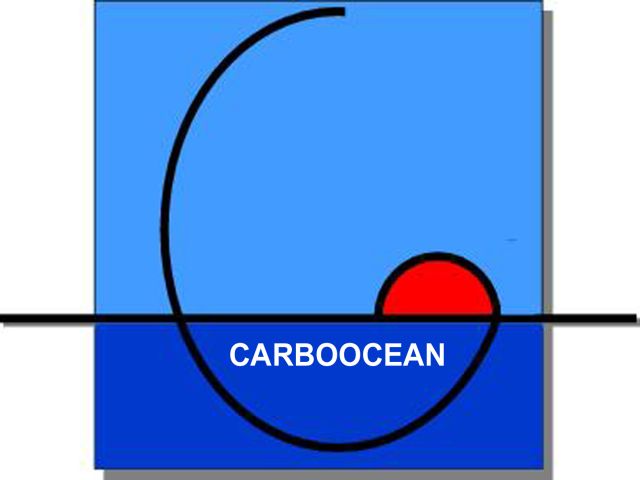CARBOOCEAN IP |
|
CARBOOCEAN IP (= CarboOcean Integrated Project) aims at an accurate scientific assessment of the marine carbon sources and sinks within space and time. It focuses on the Atlantic and Southern Oceans and a time interval of -200 to +200 years from now CARBOOCEAN will determine the oceans quantitative role for uptake of atmospheric carbon dioxide (CO2), the most important manageable driving agent for climate change. The ocean has the most significant overall potential as a sink for anthropogenic CO2. The correct quantification of this sink is a fundamental necessary condition for all realistic prognostic climate simulations. CARBOOCEAN will thus create scientific knowledge, which is essential to a quantitative risk/uncertainty judgement on the expected consequences of rising atmospheric CO2 concentrations. Based on this judgement, it will be possible to guide the development of appropriate mitigation actions, such as management of CO2 emission reductions within a global context (e.g., Kyoto Protocol, United Nations, 1997). CARBOOCEAN combines the key European experts and scientific resources in the field through an integrated research effort. The effort complements other major research programmes on oceanic, atmospheric, and terrestrial carbon cycling and is linked to these programmes. A firm link to the global carbon cycle research community is maintained and extended. The 5 CARBOOCEAN core themes: 1. North Atlantic and Southern Ocean CO2 air-sea exchange on a seasonal-to-interannual scale.
Download as .ppt |
||
| Contact info |Webmaster | ||

